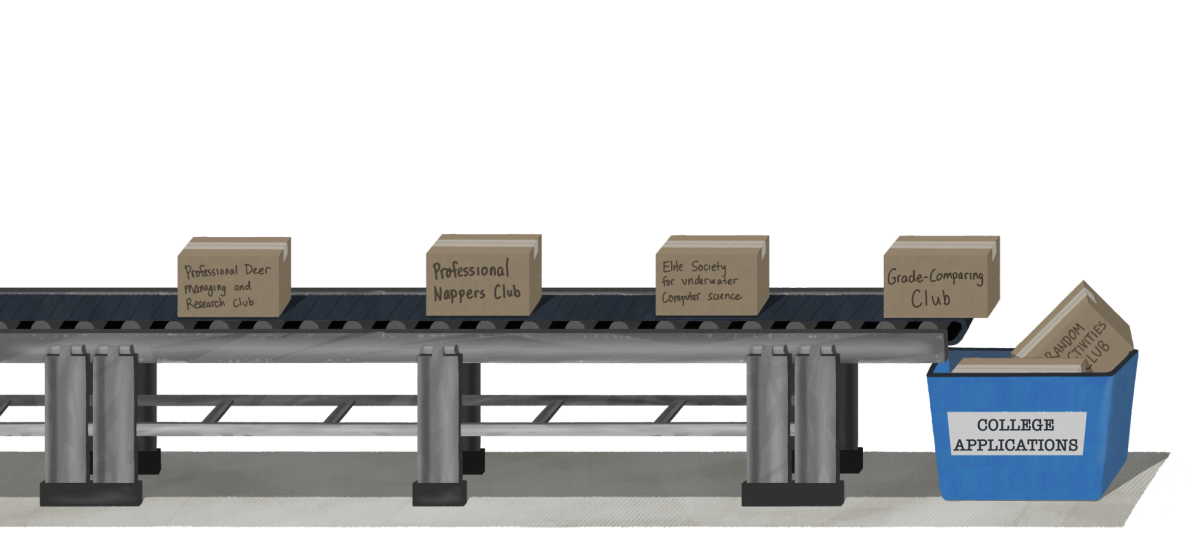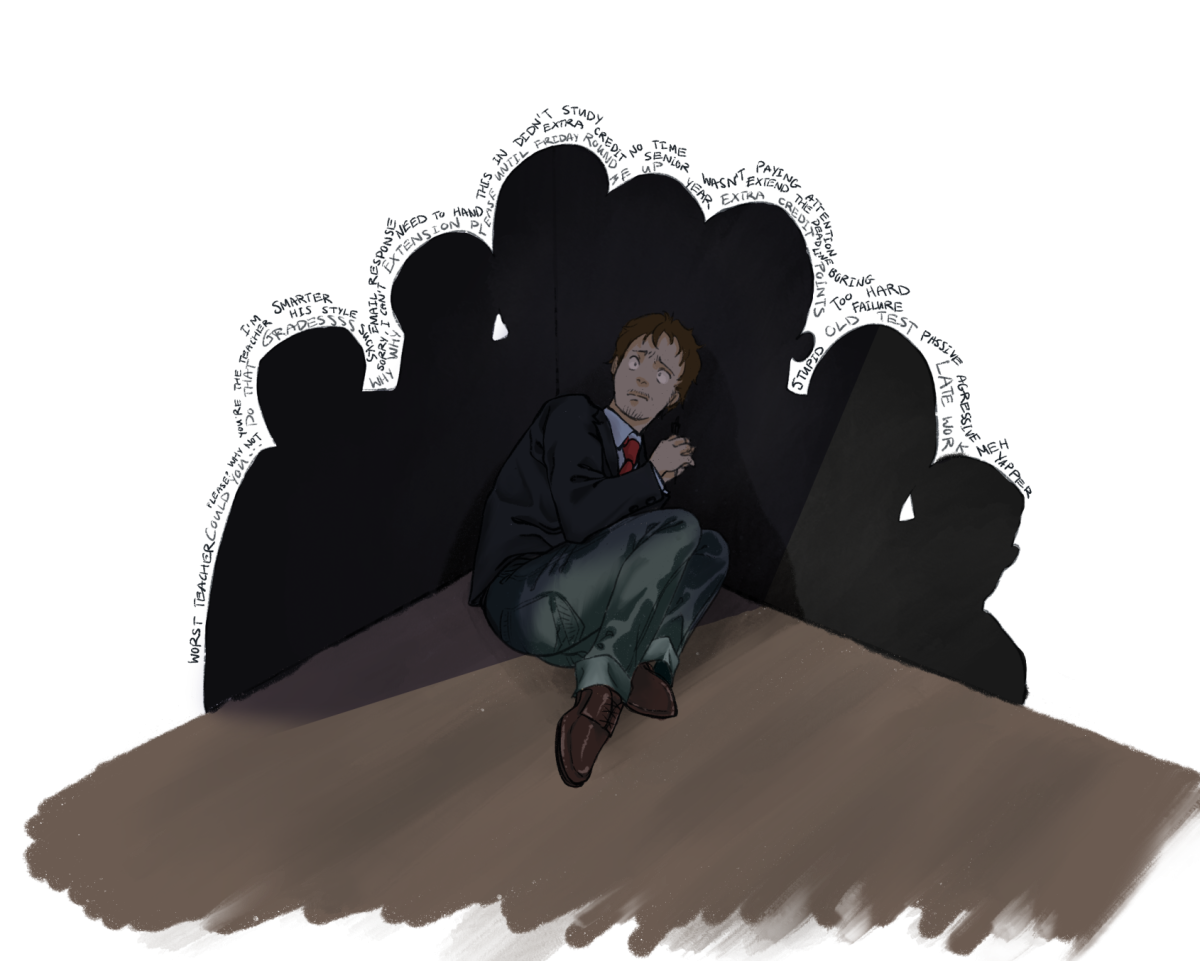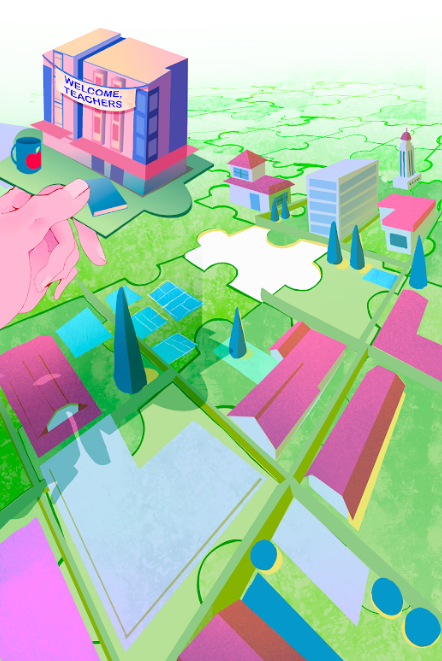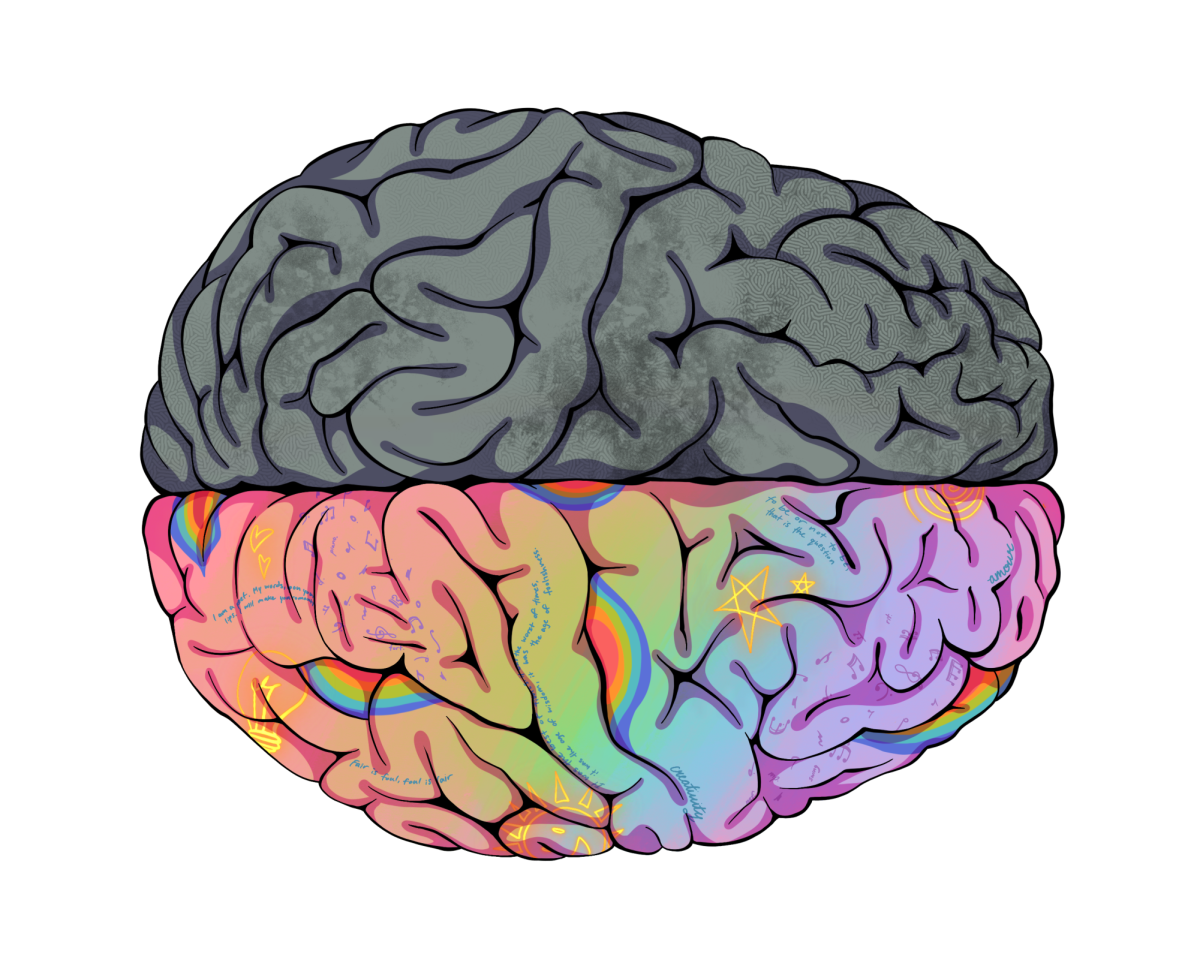Written by Sabrina Chen
How many times did you take a selfie today? Go on Facebook? Double tap on Instagram? Social media has exploded in popularity in recent years, and it is definitely not for the better. Social media has made people less social instead of improving communication, as evidenced by the constant addiction to checking phones, only to witness a false representation of people’s real lives.
Social media is harmful to interpersonal relationships. A study recently released by TIME magazine revealed that the average person looks at his or her phone 46 times every day. Rather than talking with those around them, many people resort to checking Facebook or posting heavily-edited pictures of themselves on Instagram instead. There are many situations in which an entire group of friends is on their phones while sitting together. Sometimes, they are Snapchatting each other from literally two inches away. Communication is becoming more and more digital, which has started to become a substitute for the real, personal interactions that occur face-to-face. These real interactions are critical as they allow people to communicate through natural means, improving relationships through organic exchanges.
Social media also gives an illusion that everyone has perfect, happy lives. No one is going to post a picture of themselves crying or being angry. Instead, there are Lo-Fi filtered pictures of groups of friends at the beach or carefully planned Instagram pictures to maintain a “theme.” In a recent survey conducted by the Girl Scouts, nearly 74 percent of girls agreed that other girls tried to make themselves look “cooler than they are” on social networking sites. This mindset leads to a domino effect, in which teens see others being “cool” and therefore also post pictures that in ate the reality of their situation.
According to the Pew Research center, 71 percent of teens in 2015 reported using more than one social network site. There are no words to describe the amount of effort it takes to maintain 20 Snapchat streaks, keep up with 1,000 friends on Facebook and wait to post at exactly 9 p.m. on Instagram. Social media feeds into popularity, in which the people with the most “likes” or comments are at the top of the social hierarchy. is phenomenon leads to panic and worry over the amount of likes one receives on a social media post, as people start to associate their value or self-worth with the attention they receive online.
Of course, social media does connect people who don’t see each other often. There is the best friend from camp from another country, or a relative in another state. Facebook has allowed one to keep in touch with people thousands of miles away. But social media is turning away from that as its sole purpose; social media is becoming an addiction.
People should limit their social media usage when around their friends, and check Facebook only when they are alone to keep in touch with an old friend, instead of using it every hour of the day. Even at Gunn, changes can be made. For example, students might choose to restrict their phone usage during class, choosing instead to spend their free time during class chatting amongst each other. This way, personal relationships will improve, and people will be able to experience real life, instead of the virtual world.











